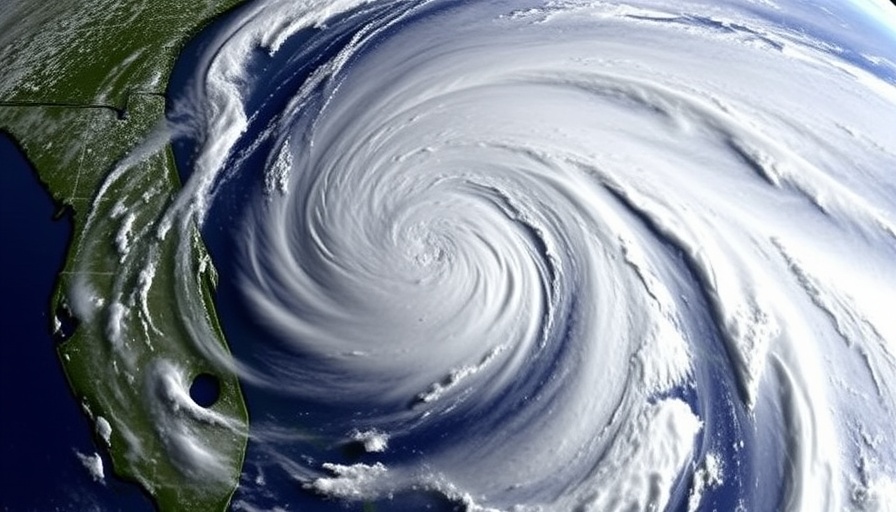
Rethinking America’s Diet: The Rise of the Maha Movement
In a bold political and health initiative, Robert F. Kennedy Jr. has ignited a debate around America’s food choices through his "Make America Healthy Again" (Maha) movement, which targets ultra-processed foods. By raising awareness about the adverse effects of these foods, which the Centers for Disease Control and Prevention link to escalating obesity, diabetes, and other chronic diseases, Kennedy aims to reshape the nation’s dietary habits.
The Problem with Ultra-Processed Foods
Ultra-processed foods, once a niche term among nutritionists, have now gained national prominence thanks to Kennedy's advocacy. Comprising more than 73% of the American food supply, these items include an array of conveniences like packaged snacks, sugary drinks, and ready-made meals. Their prevalence in diets, particularly among children—who receive nearly 70% of their calories from such sources—illustrates a severe public health crisis.
Combating the Health Crisis with Whole Foods
One of the central tenets of the Maha report emphasizes a radical shift to whole foods sourced from American farmers and ranchers. By promoting these ingredients, the movement aims to re-establish the fundamental role of nutrition in public health policy. This approach not only supports local agriculture but also encourages healthier eating habits, fostering a generation less susceptible to chronic diseases.
The Conflicted Nature of Political Advocacy
Despite these noble intentions, experts express skepticism about the movement's effectiveness within the framework of the current administration. Critics claim that Kennedy's past endorsement of Donald Trump limits his influence, as many policies during Trump's term have been perceived as reinforcing the very problems he sets out to combat. Also, there are concerns that the Maha report, which garnered attention for its alarming findings, was partially undermined by controversy regarding its citation accuracy.
Future Directions: Bridging Policy and Public Health
Looking forward, the challenge lies in translating this heightened awareness into actionable policy changes. Experts assert that increasing funding for nutrition research is crucial—currently, only 4-5% of the National Institutes of Health's budget is allocated to this critical area, leaving significant gaps in understanding how food systems impact health. A unified approach among policymakers, health advocates, and consumers is essential to combat misleading food practices and prioritize health.
Why This Matters to You
As an American citizen, the implications of the Maha movement are relevant to your daily life. Becoming aware of the content of what we consume can inspire changes in dietary habits, boost local economies, and ultimately lead to a healthier society. Educating oneself and community members about the distinctions between whole foods and ultra-processed alternatives can lead to informed choices, promoting long-term health benefits.
Call to Action: Get Involved!
As awareness around dietary health burgeons, consider becoming an advocate for transparent food sourcing in your community. Engage with local farmers, share knowledge about ultra-processed foods with friends and families, and actively choose whole food options whenever possible. On an individual level, feeling empowered to make conscious food choices can drive a collective change.
 Add Row
Add Row  Add
Add 





Write A Comment